80th Aniversary 2020
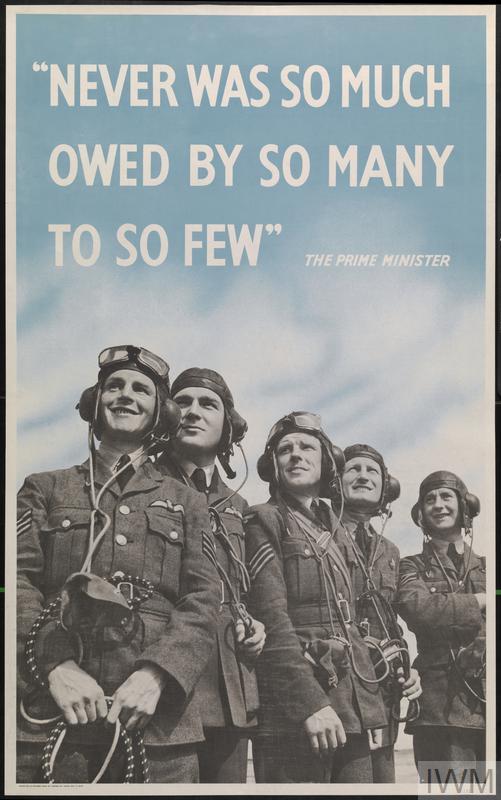
Following the evacuation of the British Expeditionary Force from Dunkirk and the fall of France, Germany planned to gain air supremacy in preparation for the invasion of Great Britain. The Luftwaffe began with an air and sea blockade targeting coastal shipping, convoys and shipping centres but on 1st August 1940 they were directed to achieve air supremacy by incapacitating RAF Fighter Command. Within days this led to them not only targeting airfields but also aircraft factories and infrastructure.
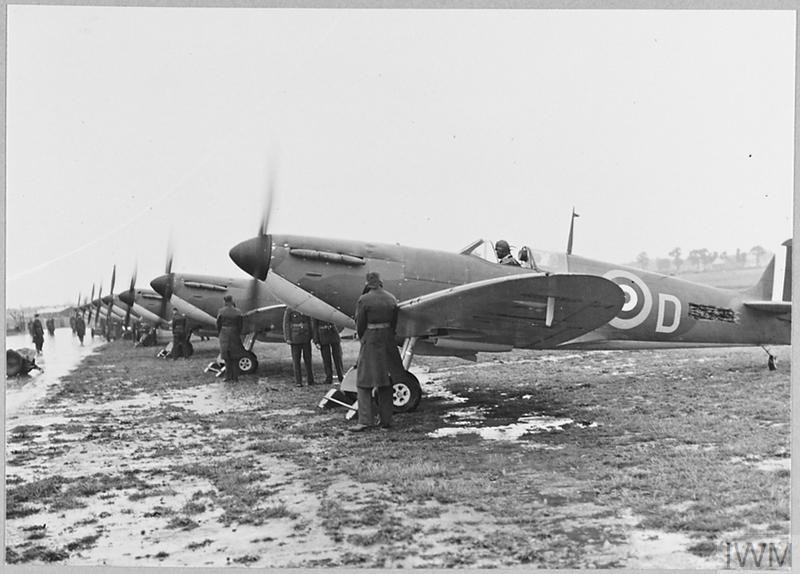
The Battle of Britain was the first military campaign fought entirely by air forces and the bravery of RAF pilots of Fighter Command flying Hurricanes and Spitfires supported by ground crew led to the defeat of the Luftwaffe forcing Hitler to abandon his invasion plans. The Battle of Britain was fought over Southern England and was later to be followed by the Blitz (starting with a bombing campaign over London and later targeting other major cities in the country such as Liverpool).
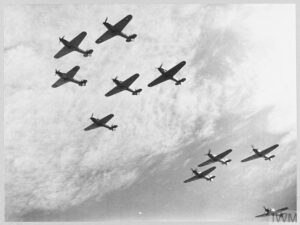
The Battle of Britain saved the nation from invasion and we have to thank the many pilots of the RAF as well as those from other countries who fought so bravely and, in many cases, sacrificed their lives.
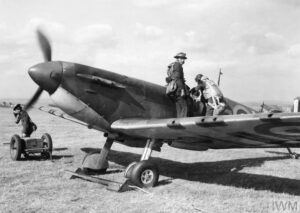
One of the many pilots who fought in the Battle of Britain was Flt Lt George Stringer Taylor, Royal New Zealand Airforce, 96 Squadron RAF NZ 391849. George died two and a half years after the Battle of Britain and just nine weeks after marrying Betty McMean of Weaverham. He was the son of William and Elizabeth of Oamara, Otage, New Zealand and was born on 20th July 1918. He enlisted on 2nd October 1939 and trained with 6, Operational Training Unit as Pilot Sergeant. By the time of his death he was a Flight Lieutenant and also a very experienced pilot having logged 762 flying hours and completed 68 operations as well as being awarded a medal for his part in the Battle of Britain.
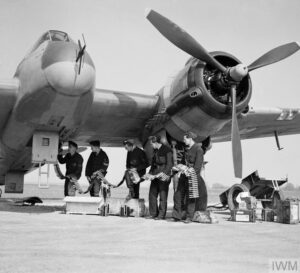
He took off in a Beaufighter VIF from RAF Bicester in Oxfordshire on a cross country solo training flight at approximately 18.10 hours on 9th February 1943. Shortly after taking off the starboard engine failed so he decided to make an emergency landing in the closest field. During the turn to the airfield the aircraft stalled and crashed. He was admitted to Horton General Hospital, Banbury but died of his injuries later the same evening. He was 24. He is buried in a Commonwealth war grave in St Mary’s Churchyard, Weaverham.
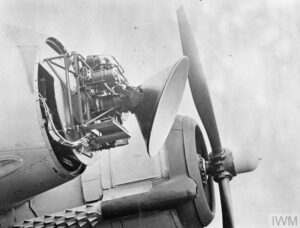
The Bristol Beaufighter VIF was a long-range night fighter fitted with Air Interception radar in the nose. Between 20th October 1942 and 4th August 1943 96 Squadron were based at RAF Honiley in Warwickshire.
Like others mentioned on the Weaverham and Hartford War Memorials we do not know whether Sergeant Samuel Burgess 951888, 51 Squadron , Royal Air Force (VR) was involved in the Battle of Britain. However, we believe that now is an appropriate time to remember those who served in the RAF during the Second World War. 23 year old Samuel died 1st November 1941. He was the son of Samuel and Ada Annie of Weaverham. He is commemorated on the Runnymede Memorial, Surrey.
Flt Sergeant John Henry Langley Wilson, Pilot 1042354 Royal Airforce Volunteer Reserve was the son of John Henry Langley and Annie (nee Anderson). He was 21 when he died on 12th May 1943 in the registration district of Chapel-le-Frith, Derbyshire. He is buried in St Mary’s Churchyard, Weaverham.
James Gordon Redfern, 156 Squadron, Royal Air Force (VR) died 2nd December 1943 and is commemorated on the Runnymede Memorial , Surrey as well as on the Weaverham village memorial in St Mary’s Churchyard.
Corporal William Warren Cooper, 842772 949 Balloon Squadron, Royal Air Force died 15th January 1943. He was the son of William and Beatrice Maud Mary Cooper of Streatham Hill, London and is buried a Streatham Park Cemetery, Surrey. He was married to Doris Millicent Cooper of Weaverham but is not listed on the Weaverham village memorial.
Pilot Officer Kenneth Kinsey Hignett, Bomb Aimer171454, Royal Air Force, 427 Squadron Royal Canadian Air Force was the son of John Percy and Sarah Hignett of Weaverham. He was 31 when he died on 26th February 1944 and is buried in Cologen Southern Cemetery, Nodrhein Westfalen, Germany. He is not remembered on the Weaverham memorial.
Sgt. Alan John Brown (Air Gunner) 2205529, raf Volunteer Reserve was 19 when he died on Wednesday, 22nd November 1944. He is buried in the churchyard of St John the Baptist, Hartford (grave 1004) and is also remembered on the Hartford War Memorial.
Pilot officer Phillip Booth Hodgson 83725, 50 Sqadron RAF Volunteer Reserve is also remembered on the Hartford War Memorial. He was 24 when he died on Tuesday, 3rd June 1941 and is commemorated/buried at Leopoidsburg War Cemetery, Belgium, Grave/panel ref V.C.B.
Sgt. Aubrey Gerald Crowe (known as Gerry) 1132028 Wireless Op/Air Gunner, RAF Volunteer Reserve, was 32 when the twin engine Albemarle bomber he was in hit a chimney stack in Hartford when flying from RAF Ashbourne on Saturday, 15th April 1944. The Australian gunner, Sgt (1833114) Alexander Ewen (AG) RAFVR was rescued by a passing American serviceman but Gerry and the other 3 members of the crew were killed. Gerry had lived with his wife only a few doors away from the home of Mrs Hodson whose chimney had been hit by the aircraft. Gerry is buried in St John the Baptist churchyard, Hartford (grave 994) and is remembered on the Hartford Memorial.
There is a plaque commemorating the disaster near the spot where the aircraft landed on the wall opposite the shops and church.
The other three victims of the crash are also buried in the graveyard but are not remembered on the Hartford War Memorial They were: F/Sgt (Aus 4 13556) Robert Phillip Henry Brown (pilot) RAAF, w/o (Aus 4 12827) Faulkner Adrian Andrew Ormison (pilot) RAAF and F/Sgt John Crichton (nav)RAFVR.
WE WILL REMEMBER THEM
All images copyright of the Imperial War Museum
